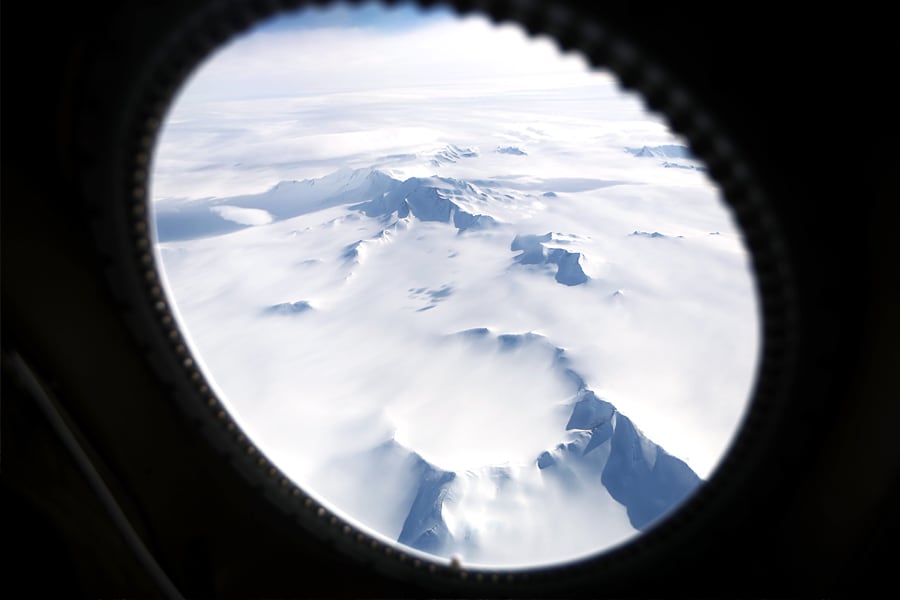
World's biggest ice sheet could cause massive sea rise without action: study
Researchers at Durham University concluded that if global greenhouse emissions remain high, the melting East Antarctica Ice Sheet (EAIS) could cause nearly half a metre of sea-level rise by 2100
 A file photo of Mountains and land ice seen from NASA's Operation IceBridge research aircraft in the Antarctic Peninsula region, on November 4, 2017, above Antarctica. Image: Mario Tama/Getty Images
A file photo of Mountains and land ice seen from NASA's Operation IceBridge research aircraft in the Antarctic Peninsula region, on November 4, 2017, above Antarctica. Image: Mario Tama/Getty Images
The world's biggest ice sheet could cause "several metres" of sea-level rise over centuries if the global temperature rises more than 2°C, according to a British study published Wednesday.
Researchers at Durham University concluded that if global greenhouse emissions remain high, the melting East Antarctica Ice Sheet (EAIS) could cause nearly half a metre of sea-level rise by 2100. Their analysis was published in the scientific journal Nature.
If emissions remain high beyond that, the EAIS could contribute around one to three metres to global sea levels by 2300, and two to five metres by 2500, they said.
However, if emissions were dramatically reduced, EAIS could contribute around two centimetres of sea level rise by 2100, according to the assessment.







